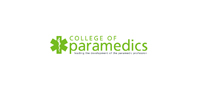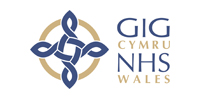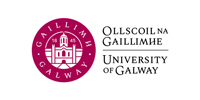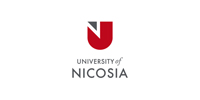In today’s world, the internet is an essential part of our lives. The internet allows us to connect with others. In e-assessment, it allows us to access and share outcomes, feedback and results, and perform various automated tasks online. However, not everyone can access the internet with the same ease and software, by design, might not always be accessible with ease. People with and without disabilities face many challenges in accessing the internet, such as difficulty in reading text, navigating pages, or using a mouse but also accessing and using the OSCE/MMI methodology at ease. To address these challenges, the World Wide Web Consortium (W3C) has developed the Web Content Accessibility Guidelines (WCAG) and we have implemented those into our advanced assessment solutions.
Qpercom used these set of guidelines that help make our assessment websites and digital scoring content more accessible to people with disabilities. The guidelines provide a framework for designers, developers, and content creators to ensure that their content is perceivable, operable, understandable, and robust for all users, including those with disabilities. The guidelines are organized into three levels: A, AA, and AAA. Each level builds on the previous one, with AAA being the highest level of accessibility.

The advantages of adhering to WCAG are many. First and foremost, it ensures that people with disabilities can access their advanced assessment pages with ease. It also ensures our websites and digital content are more user-friendly for everyone, not just people with disabilities. Adhering to these guidelines also helps organizations avoid legal issues related to discrimination and accessibility and therefore are part of tender requirements. Additionally, accessible websites and digital content improve search engine optimization (SEO), making it easier for search engines to find and index the content.
The below images demonstrate how the Qpercom platform is now web accessible:







In conclusion, the WCAG standard is a crucial framework for ensuring that websites and digital content are accessible to all users, including those with disabilities. Adhering to the guidelines provides many benefits, including improved accessibility, user-friendliness, and legal compliance. However, it is important to keep in mind the complexity of the assessments we’re supporting, potential negative aspects, such as cost, the inability to fully accommodate all disabilities, and potentially sacrificing some design elements.
Overall, the advantages of adhering to WCAG far outweigh the potential disadvantages, and it is essential that designers, developers, and content creators prioritize accessibility in their work.





























